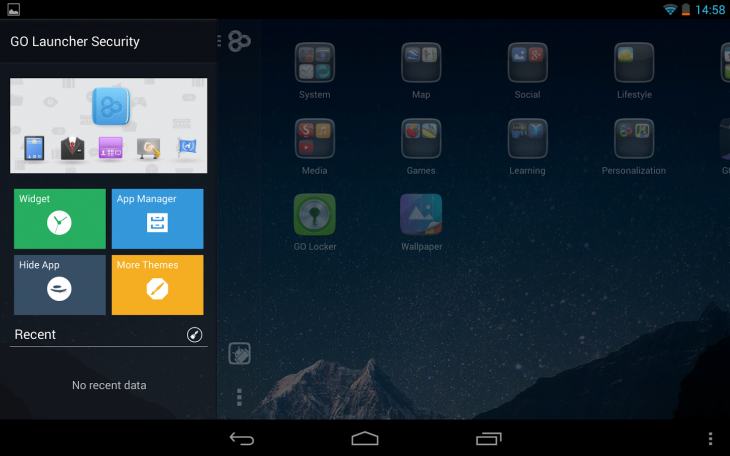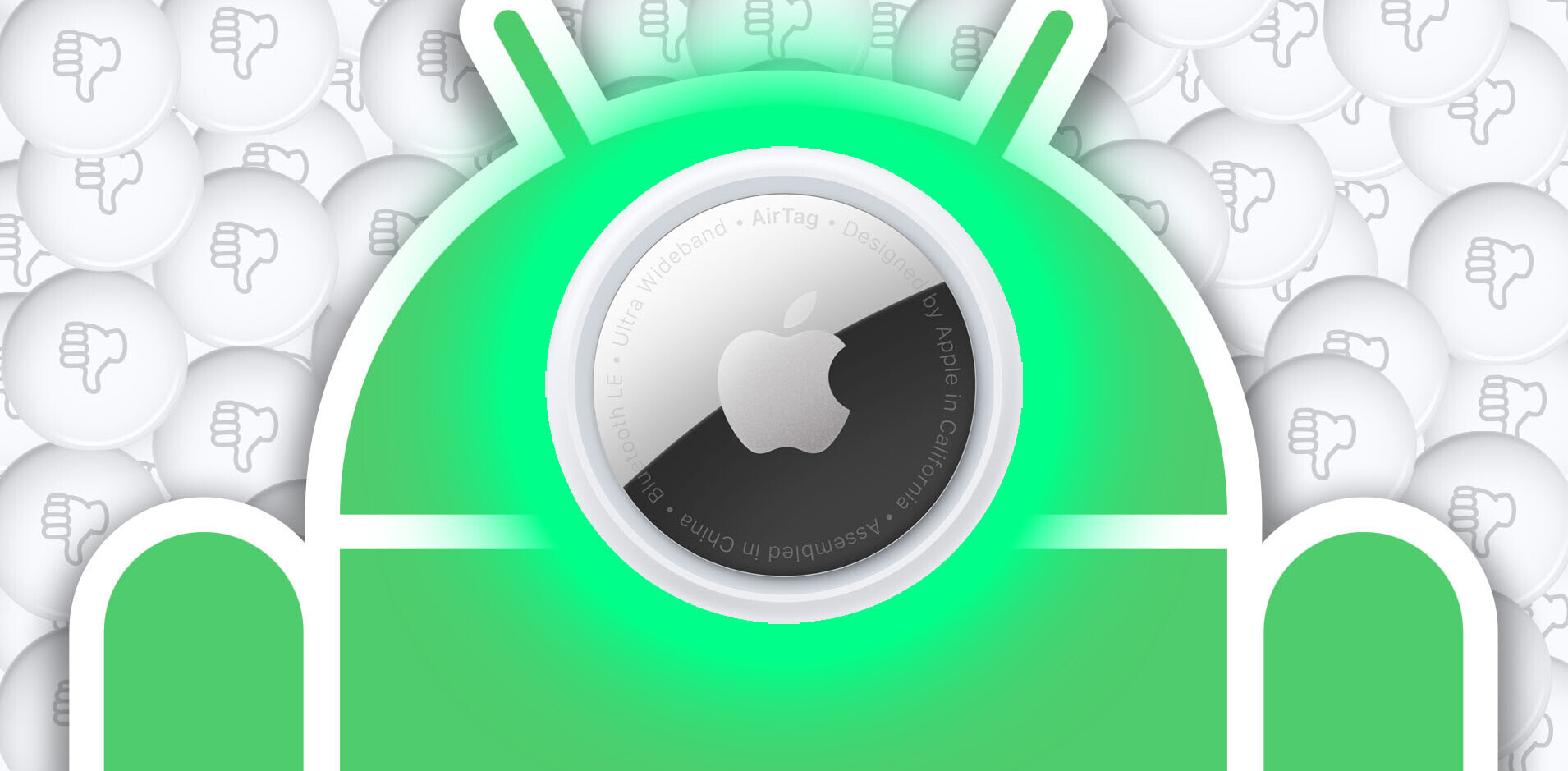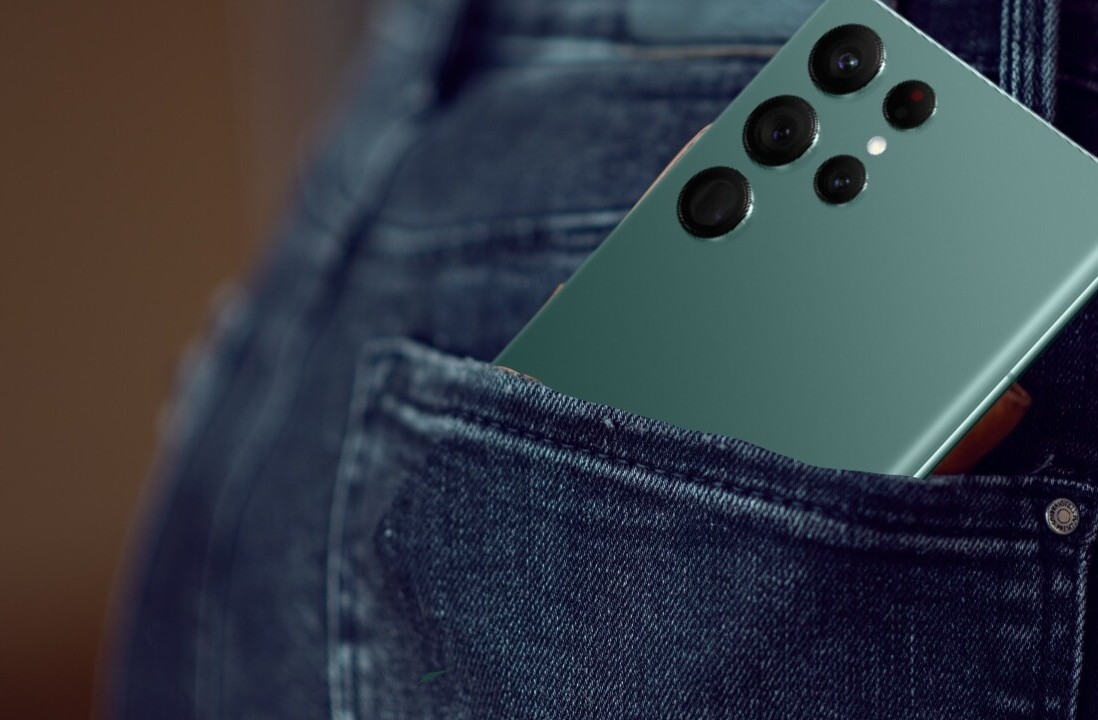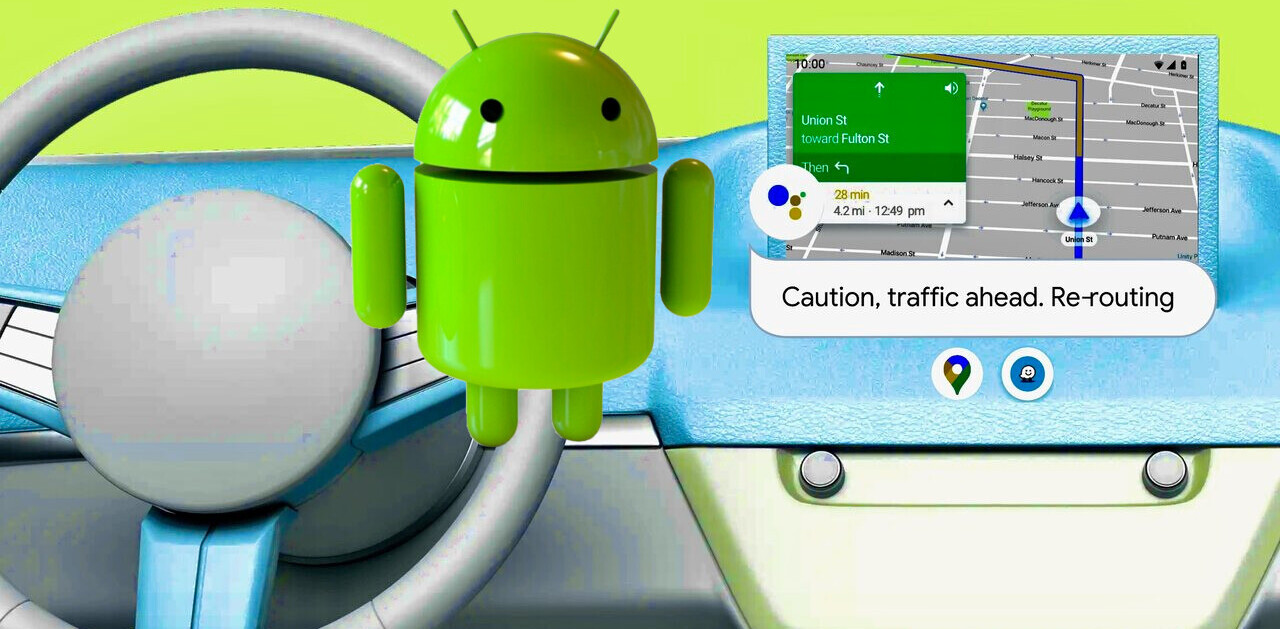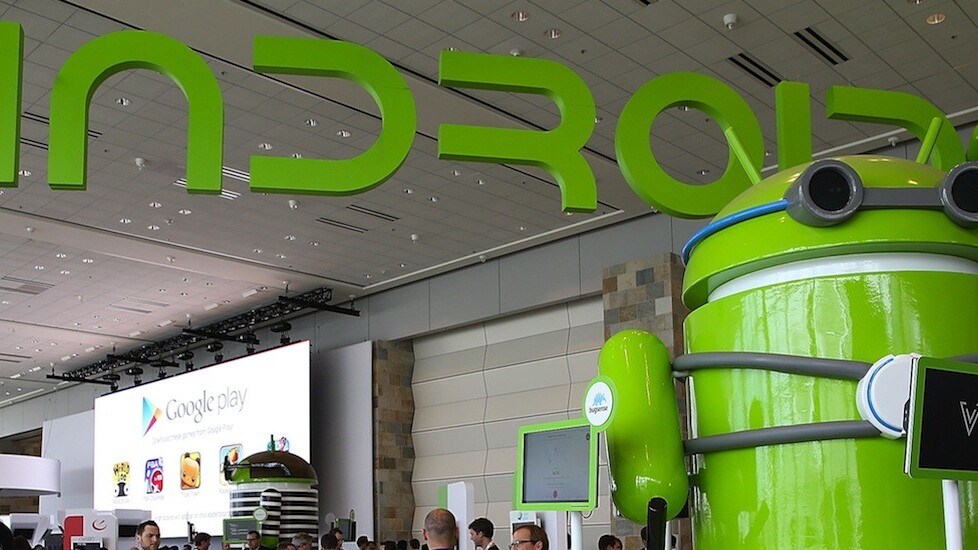
It’s almost a given nowadays that the openness of Google’s Android platform has benefited many firms riding on the mobile wave — and now it’s even brought a company in China all the way to the NASDAQ.
Chinese company Sungy Mobile, the developer behind GO Launcher, an Android app launcher that replaces the stock launcher on Android smartphones, goes public today in a listing with a total offering size of $78.54 million.
President Xiangdong Zhang tells TNW that the openness of Android has made the company’s ideas come true.
Back then when we started, the mobile phone experience was really not ideal. We obviously couldn’t simply manufacture phones, so we thought of having an Internet product that could create a great experience for anyone using any phone. We started off creating one for the Nokia platform, but the iPhone and Android phones came on the scene, and we zoomed in on the Android platform.
“The rise of Android helped us; the Android platform had the space for us to apply our skills to create a launcher, due to its openness,” CEO Yuqiang Deng says, explaining that when it first started, the Android experience couldn’t satisfy users and that’s where Sungy Mobile stepped in.
Despite kicking off its business by simply developing an Android launcher, Sungy Mobile has come a long way. The company also created a GO platform built upon the GO Launcher, introducing other GO series products, and started mobile Internet portal 3G.cn, as well as 3G Book Market, a large mobile reading service in China. It also has 80 million monthly active users across all its apps.
In fact, Zhang says that the company has rejected plenty of acquisition offers, choosing instead to go its own way.
In late 2012, Sungy Mobile established a San Francisco office as it sought to serve the global market. Zhang says that a large portion of its users come from the US and Europe, and it will be taking advantage of this momentum to gain more traction. When asked about Sungy Mobile’s challenges of adapting to different markets — considering that it’s a Chinese company coming to a Western setting — Zhang notes instead:
Our greatest challenges have come from the rapidly-evolving mobile industry. At the time when we founded the company in 2004, Nokia was still the dominant brand in the market. Suddenly, smartphones burst onto the scene, and that impacted us greatly. We had to adapt our business model and our product entirely to fit into what users wanted — and we credit this fast-thinking switch for bringing us here today.
Companies with launchers include Facebook — with Facebook Home — and South Korea’s Kakao, as well as Chinese search giant Baidu. However, Sungy Mobile has stood its ground: GO Launcher is currently occupying top spot in the Personalization category on Google Play in more than 30 countries, and carries a 4.5/5 rating.
The latest App Annie report notes that Sungy Mobile has been ranked as one of the top in its Apps Index every month in 2013 so far, due to its GO Launcher customization tool.
Zhang says that the secret sauce to GO Launcher’s success is the amount of personalization that it provides for users. “If you use my phone, you would be very surprised — I have a shortcut that nobody knows how to access to start using my phone. Users don’t like to have the same experience as others, so our launcher is extremely personalized, and that’s our strong point,” Zhang says.
Sungy Mobile will be using the funds raised from its IPO to focus on research and development, as well as develop its branding to get its name known around the world. Zhang says that the team is also looking into acquisitions — which could be in China or overseas markets — but will definitely be in mobile.
Next potential area for GO Launcher to expand in: wearable devices and smart home technology. “We are watching the different industries very closely, but first of all it’s most important for us to make our smartphone experience the best.”
Note: The original version of this article reported that Sungy Mobile had listed on the NYSE, but in fact it listed on the NASDAQ. We’ve updated the article with corrections; apologies for any confusion.
Headline image via Justin Sullivan/Getty Images
Get the TNW newsletter
Get the most important tech news in your inbox each week.

